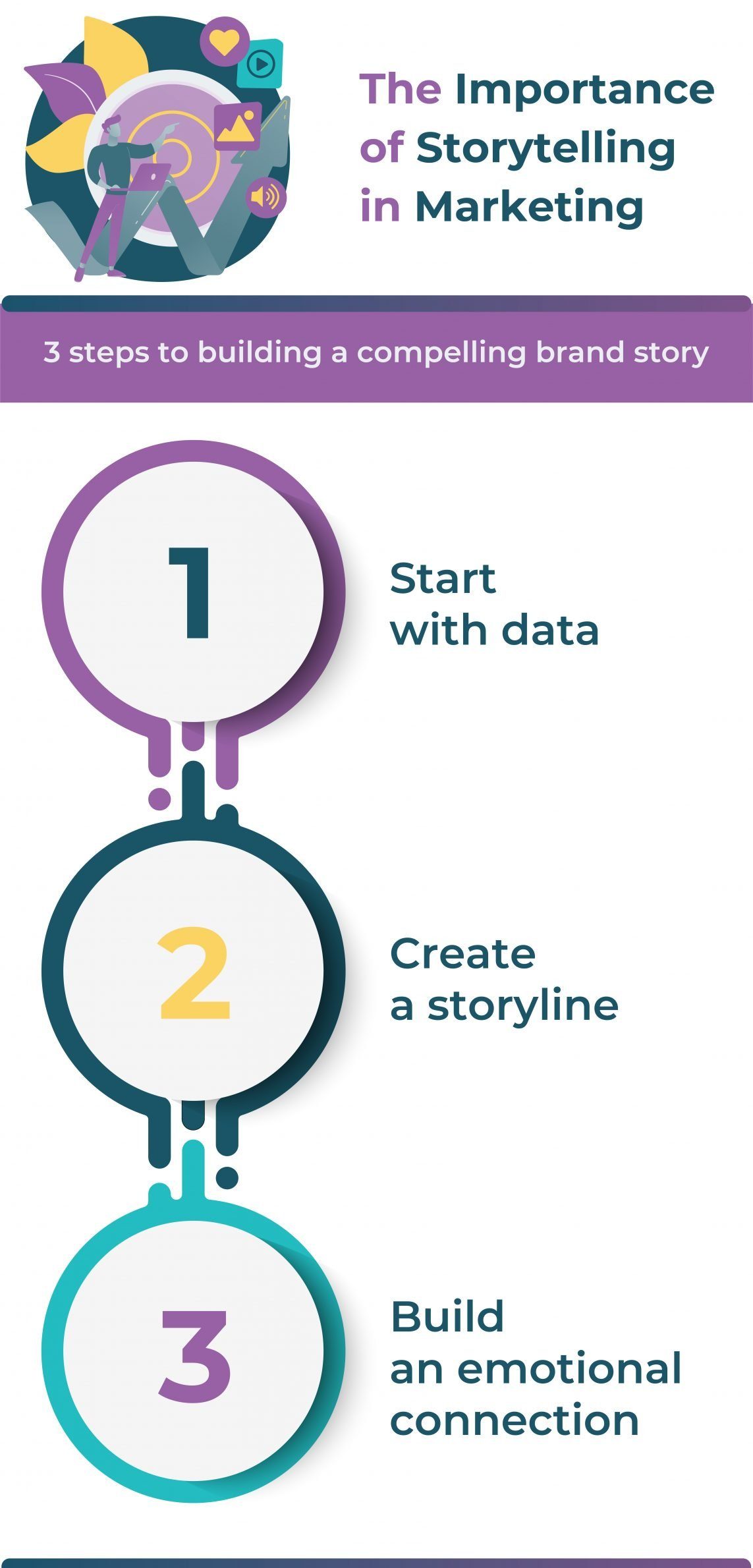Despite progress in recent years, gender inequality in the workplace remains a significant issue, with women facing a range of challenges that impact their career opportunities, earnings potential, and overall job satisfaction. In this post, we’ll explore the challenges of gender inequality in the workplace and strategies for overcoming them.
Challenges of Gender Inequality in the Workplace:
Pay Gap: Women continue to earn less than men in most industries, with the gender pay gap persisting even when accounting for factors such as education and experience.
Lack of Representation in Leadership: Women are underrepresented in leadership positions, with men holding the majority of executive roles in most companies.
Unconscious Bias: Unconscious bias can affect hiring decisions, promotion opportunities, and workplace culture, with women often facing stereotypes and prejudices that impact their professional opportunities.
Workplace Discrimination: Discrimination on the basis of gender, including sexual harassment and gender-based bullying, can create a hostile work environment and limit career opportunities.
Strategies for Overcoming Gender Inequality in the Workplace:
Promote Diversity and Inclusion: Creating a workplace culture that values diversity and promotes inclusion can help break down gender stereotypes and create more equitable opportunities for all employees.
Address Unconscious Bias: Offering training programs and workshops that address unconscious bias can help raise awareness and promote more equitable hiring and promotion practices.
Address Workplace Discrimination: Implementing clear policies and procedures for addressing workplace discrimination, including sexual harassment, can help create a safer and more supportive work environment for all employees.
Encourage Women in Leadership: Offering mentoring and leadership development programs specifically for women can help address the underrepresentation of women in executive roles.
Pay Transparency: Implementing pay transparency policies can help ensure that women are paid equitably and address pay gaps that may exist.
Conclusion:
Gender inequality in the workplace remains a significant issue, with women facing a range of challenges that impact their career opportunities and earnings potential. By understanding these challenges and implementing strategies to overcome them, companies can create more equitable and supportive work environments that benefit all employees. Addressing gender inequality not only promotes fairness and social justice but also leads to a more diverse and successful workforce.



